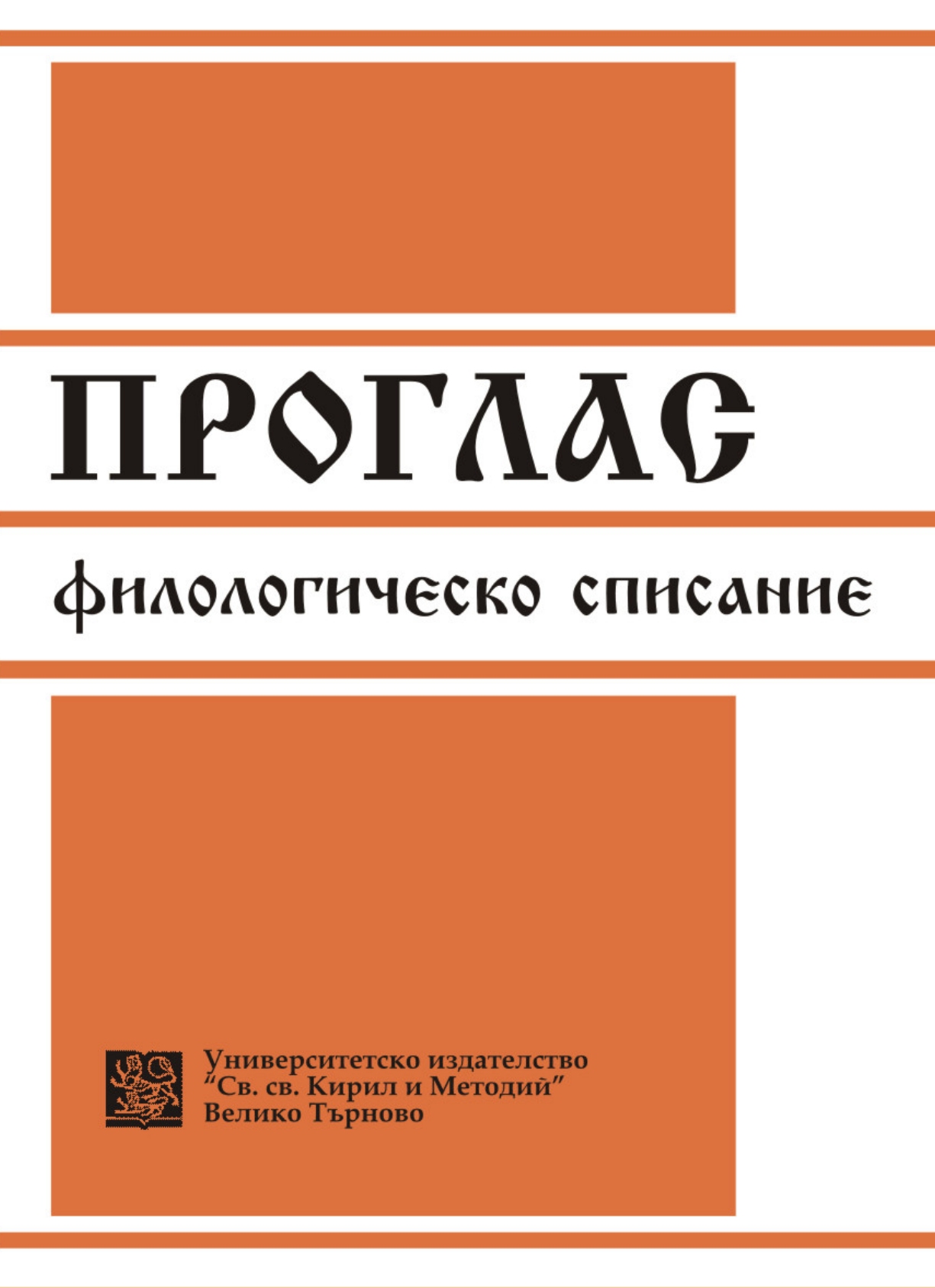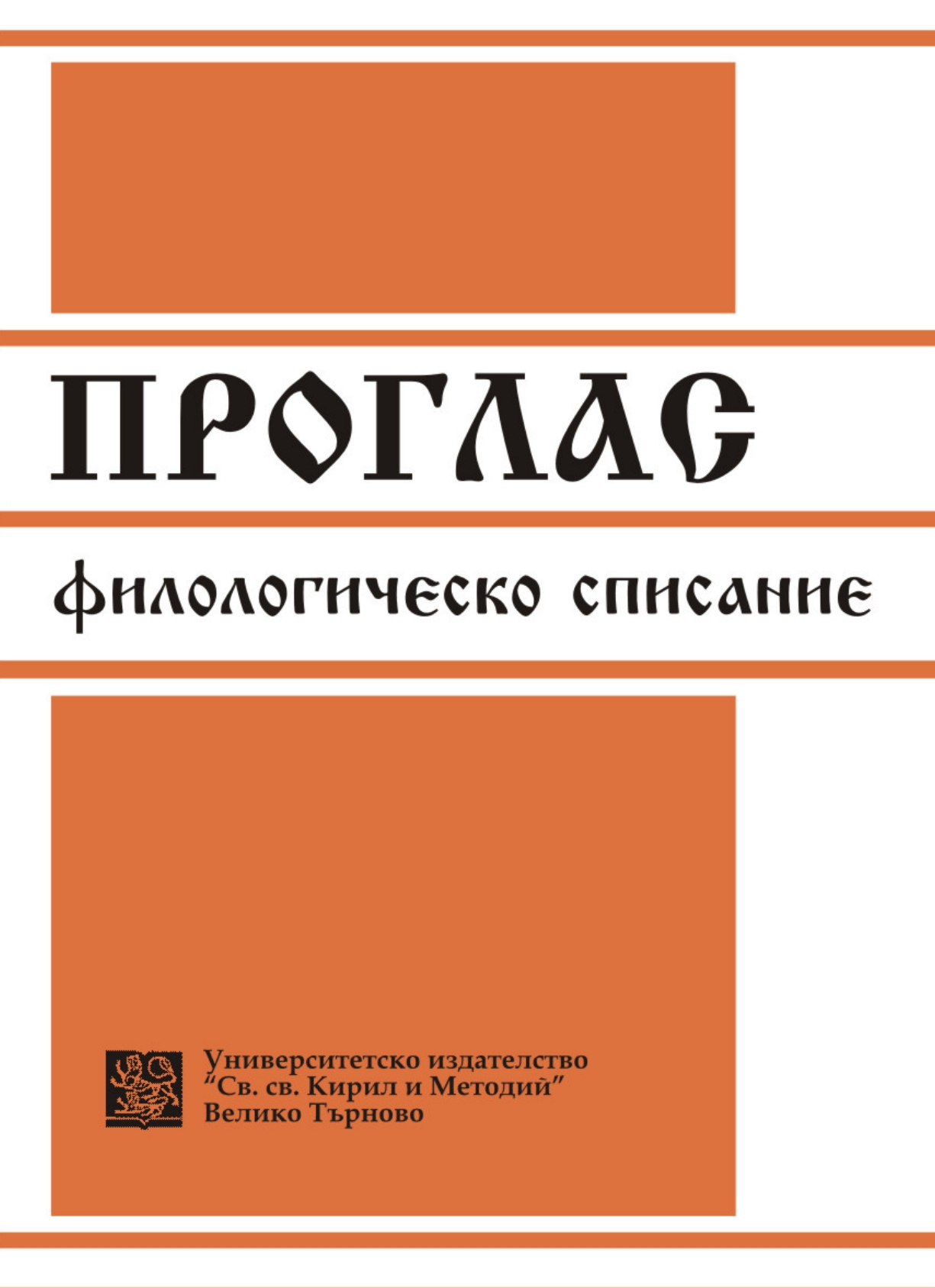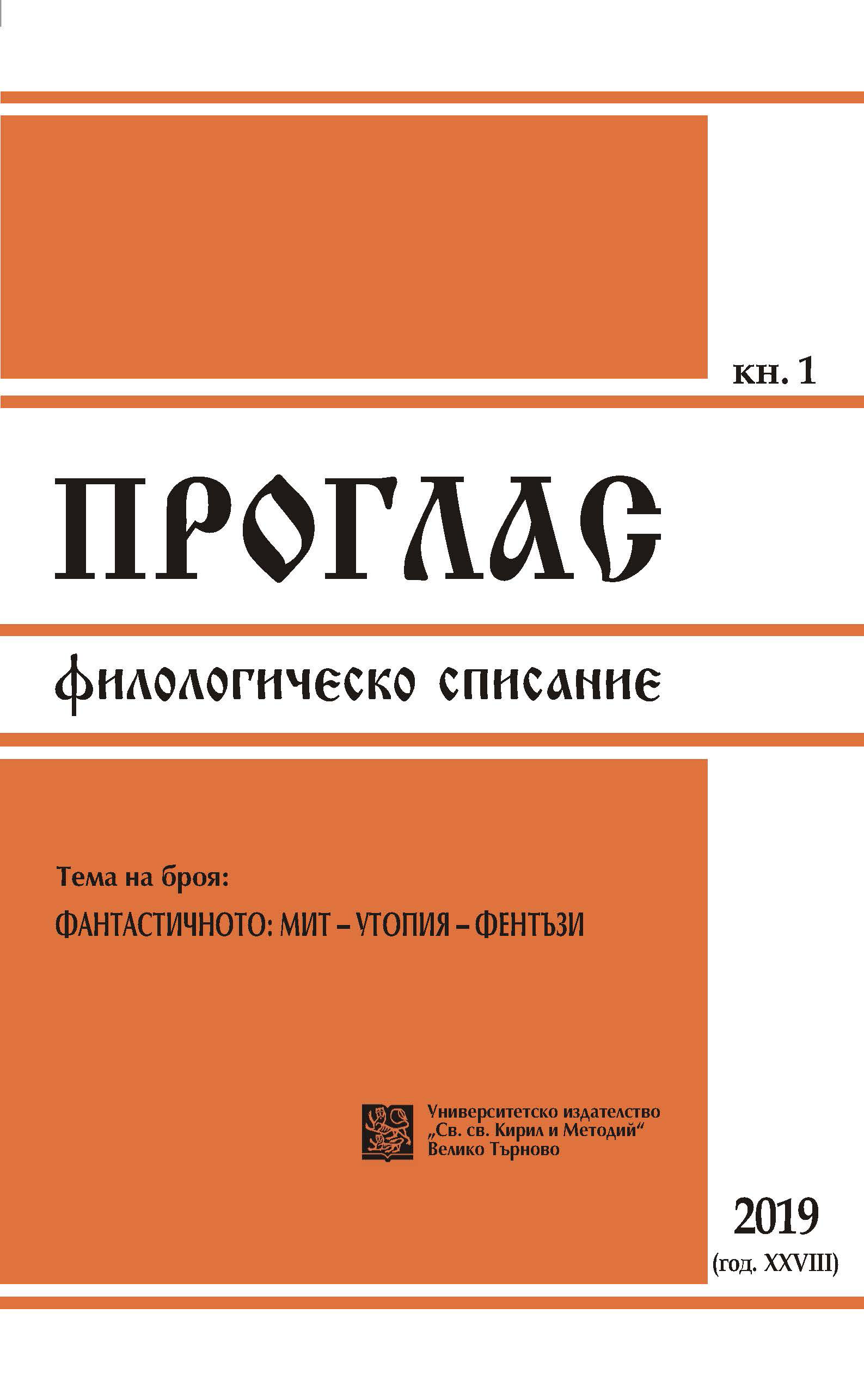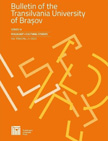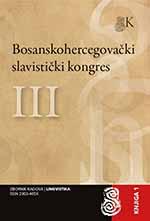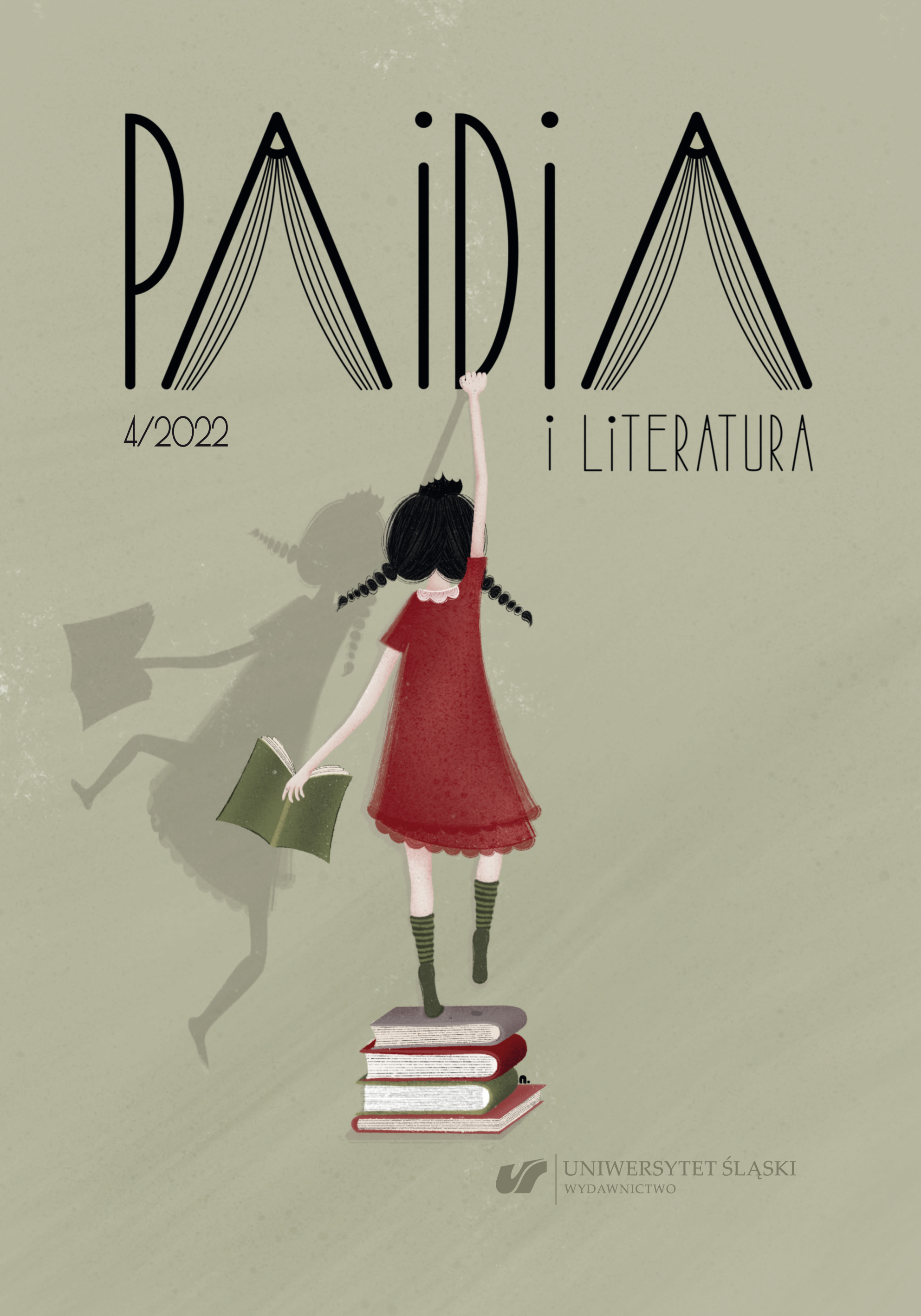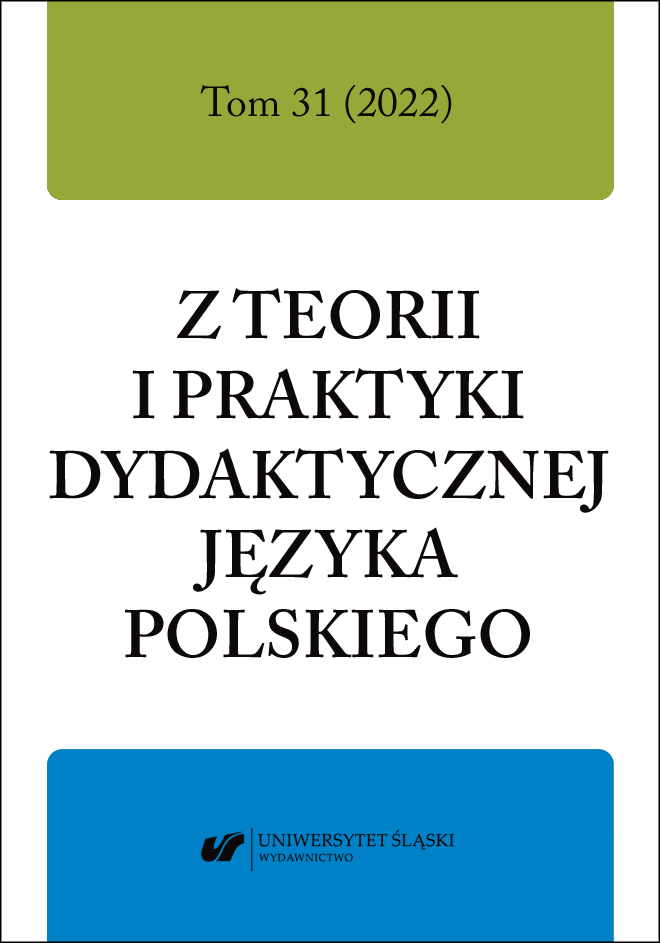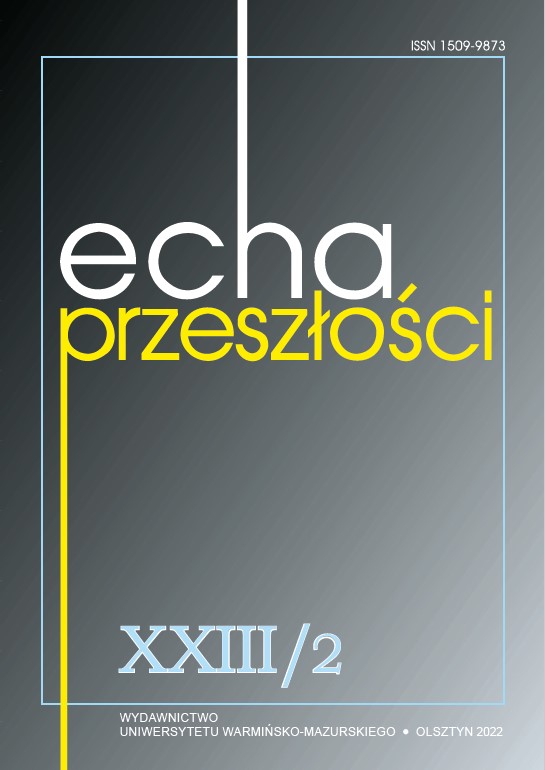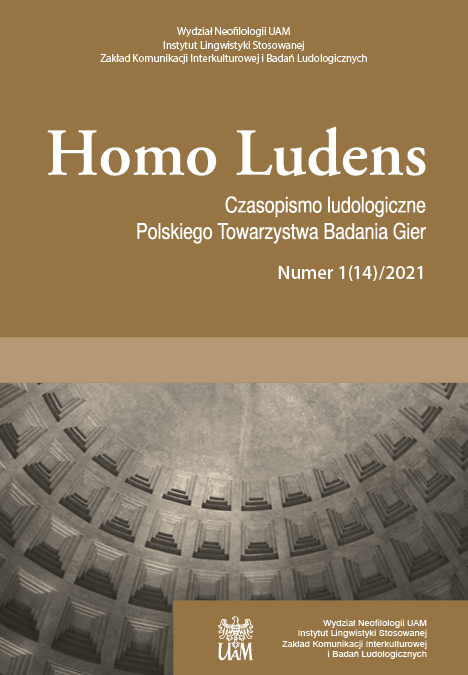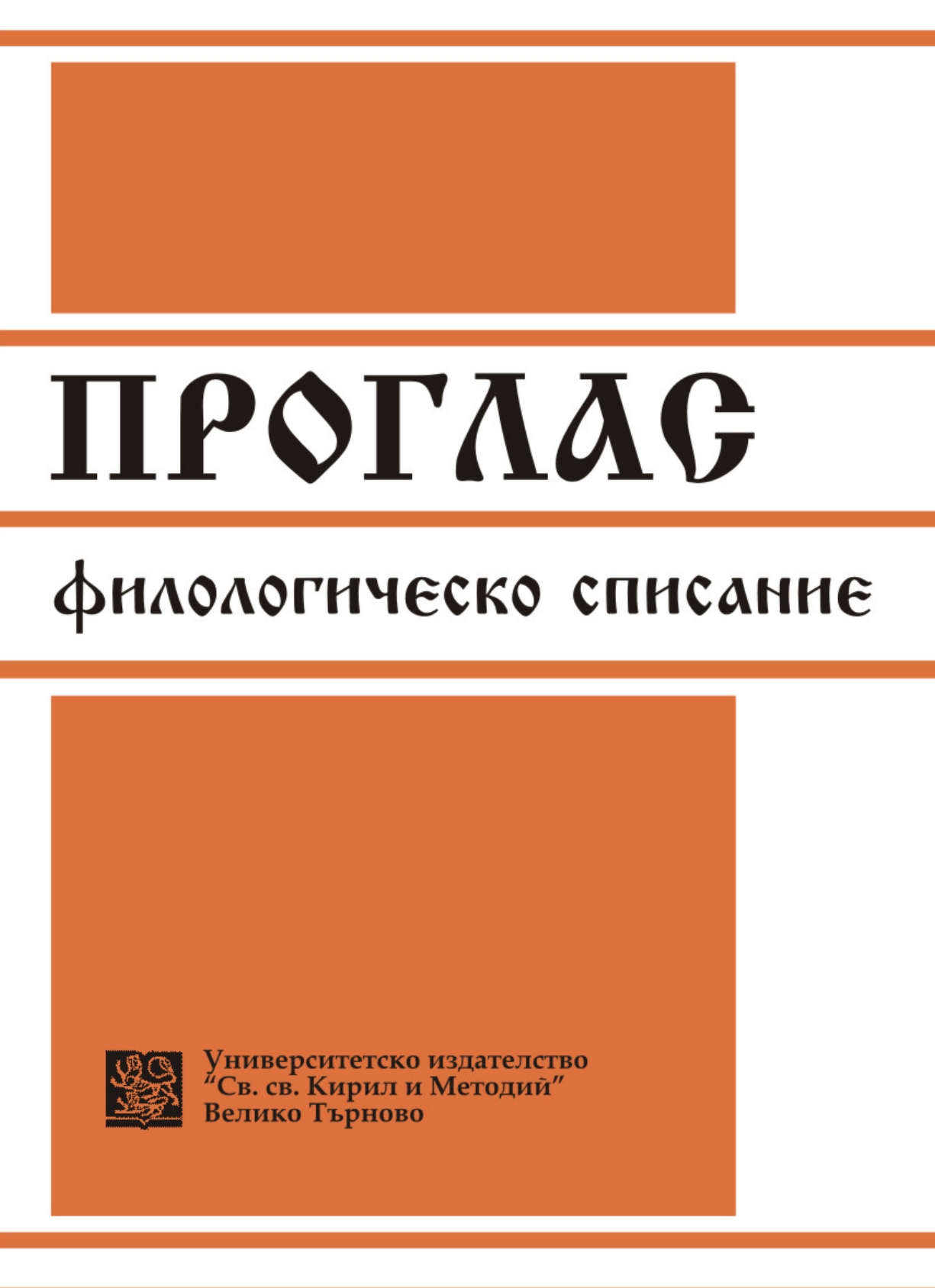
Между възприятието и словестната образност. За някои основания на визуалната реторика
Plato’s Allegory of the Cave is an early example of currently still ongoing debates on the principles of reflection, the conditional nature of the imaginary world and the relativism of cognitive psychology. This text posits certain narrative archetypes applicable to the discussion of image based thinking, transformations of ideas, objects and simulacra, as well as the open character of the verbal representation of these processes. Based on various visualizations of the plot from the time of the Renaissance to the present day, the paper illustrates the Allegory’s interpretative potential and poses certain questions to the modern world of multimedia products.
More...
